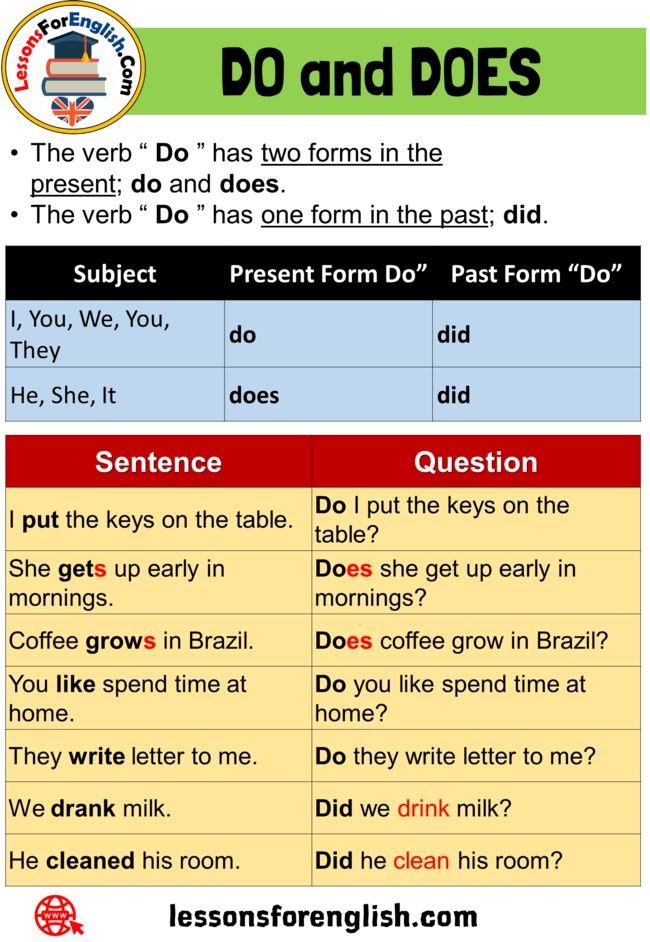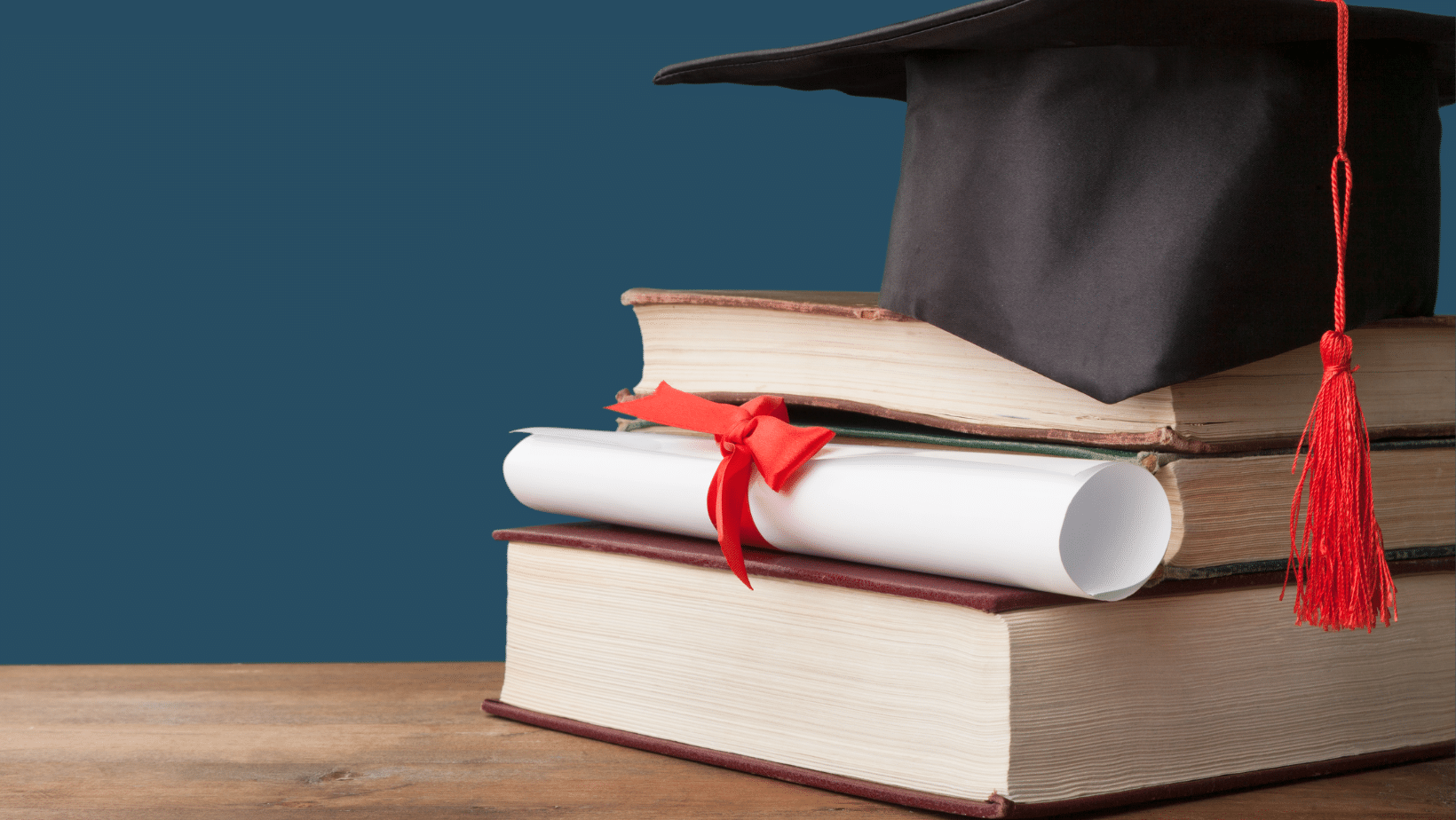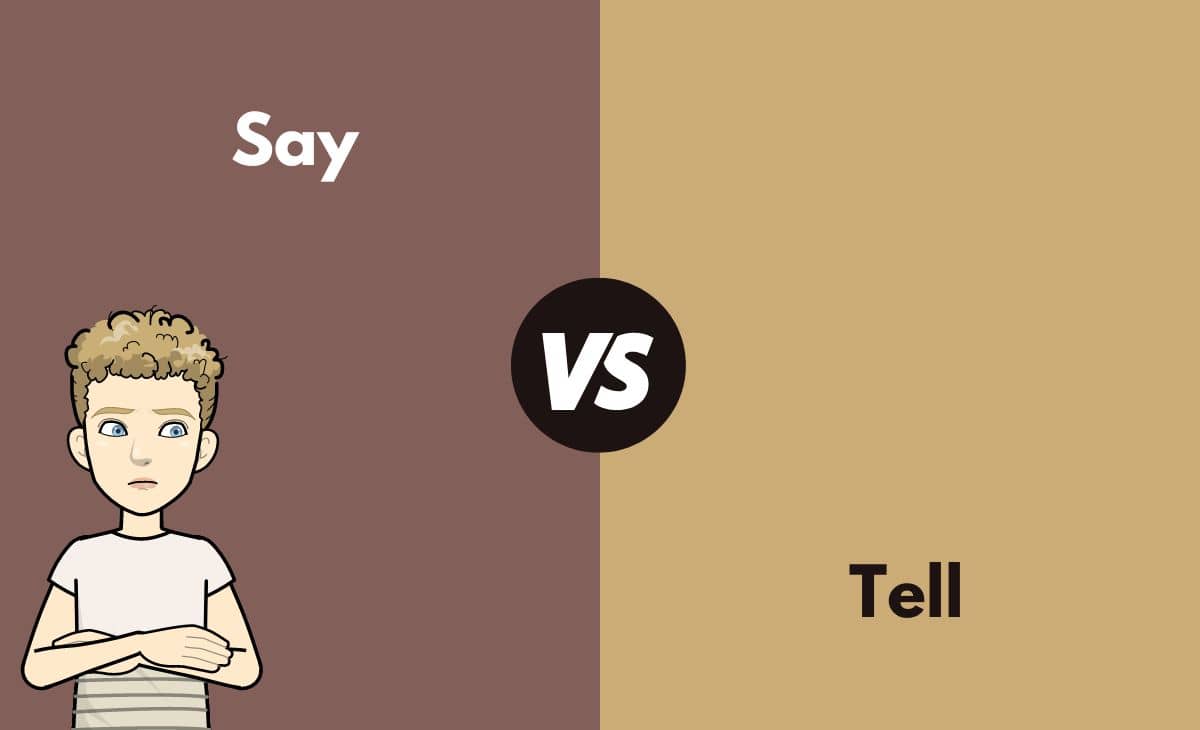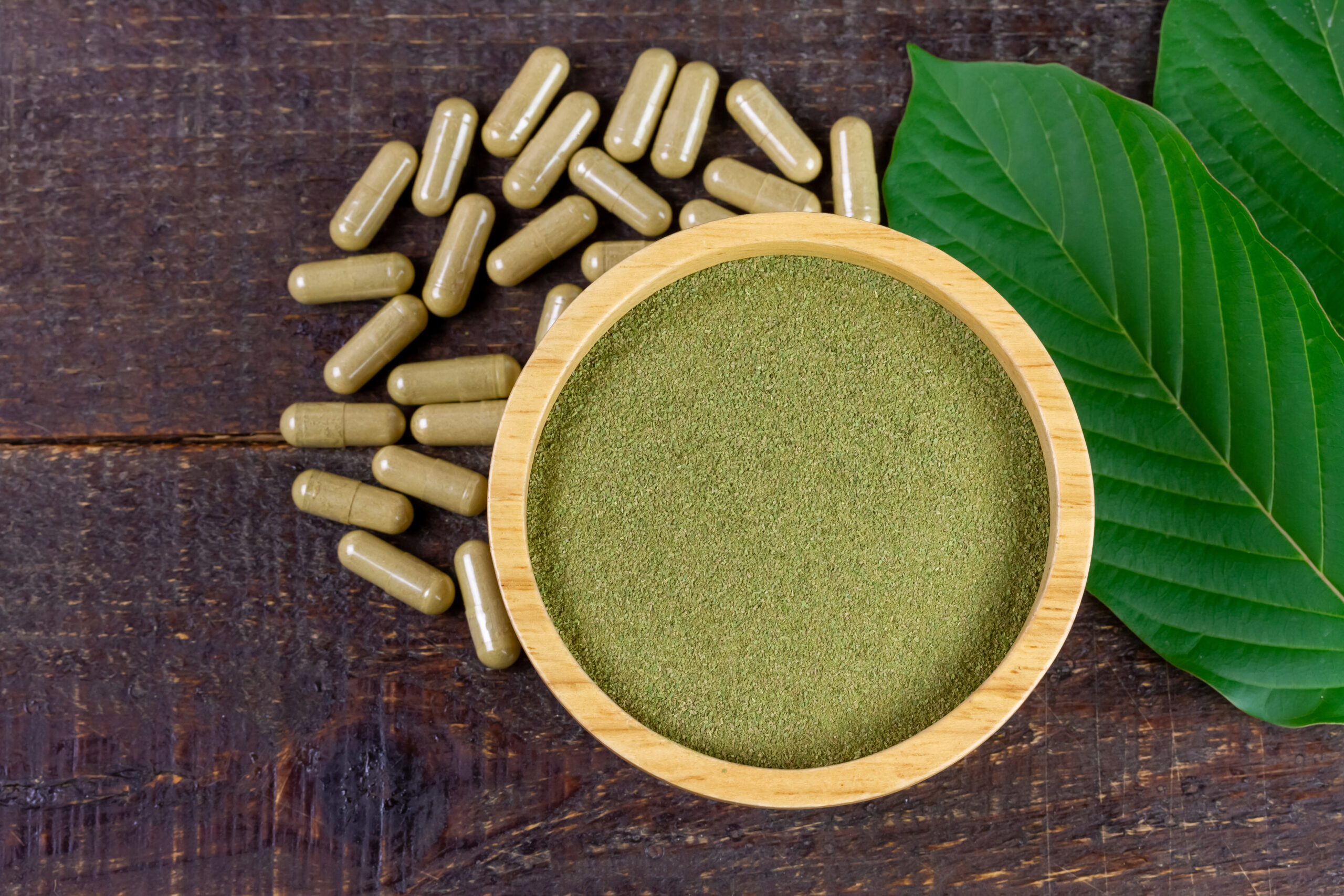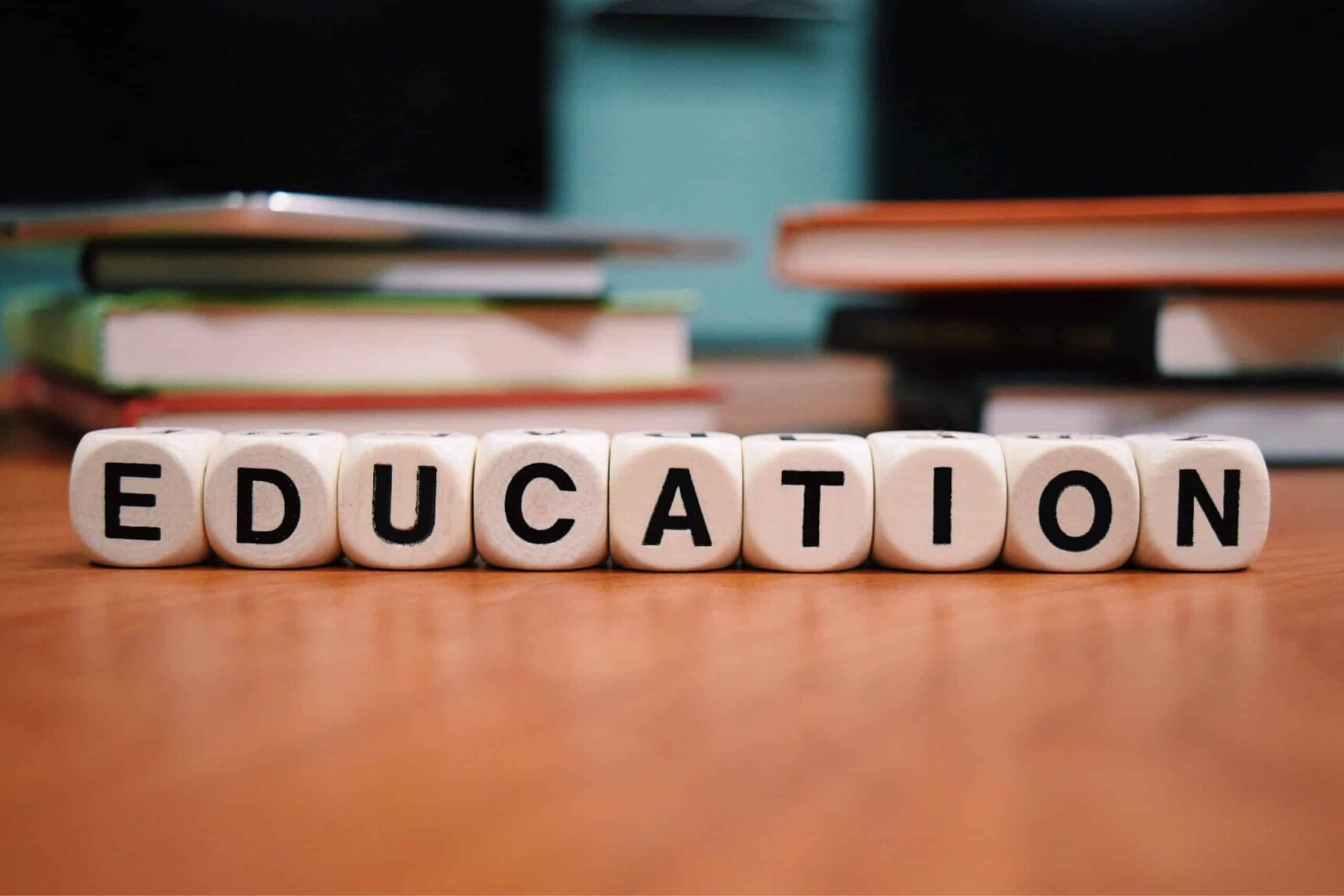The Complete Guide to Cleaning Your Bong Safely and Effectively at Home
Why Clean Your Bong Regularly?
Maintaining a clean bong is essential for both health and enjoyment. Over time, resin, tar, and bacteria accumulate inside the water chamber and along the glass, leading to unpleasant odors, diminished taste, and even health risks. According to experts, stagnant water in a bong can become a breeding ground for bacteria and mold, increasing the risk of respiratory issues when inhaled [2] . Regular cleaning not only ensures a safer smoking experience but also preserves the flavor of your herbs and prolongs the life of your glassware [1] .
Essential Supplies for Cleaning at Home
Cleaning your bong at home doesn’t require specialized products-most supplies are likely already in your kitchen or bathroom. For glass bongs, the most effective and widely recommended cleaning agents are:
- Isopropyl alcohol (preferably 91% or higher)
- Coarse salt (such as Kosher salt or sea salt)
- Baking soda and white vinegar as an alternative
- Cotton swabs , pipe cleaners , or a bottle brush for scrubbing
- Rubber gloves and a hand towel for safety and cleanup
- Plastic bags (for soaking smaller parts)
For silicone or acrylic bongs, avoid alcohol and harsh abrasives. Instead, use mild dish soap and warm water [4] .
Step-by-Step: Cleaning a Glass Bong with Alcohol and Salt
This method is highly effective for removing resin and built-up grime:
- Disassemble your bong. Remove the bowl and downstem, rinsing each part with warm water to eliminate loose debris.
- Add cleaning agents: Pour enough isopropyl alcohol into the main chamber to cover the stains, then add 2 tablespoons of coarse salt. The alcohol disinfects, while the salt acts as an abrasive [2] .
- Seal openings: Use your hands, rubber stoppers, or even plastic wrap and rubber bands to block the mouthpiece and downstem openings. This prevents leaks during shaking.
- Shake vigorously: Shake the bong for about 2-3 minutes. The solution will scrub away the resin. Let it sit for 10-20 minutes for tough grime.
- Clean removable parts: Place the bowl and downstem in a plastic bag filled with the same alcohol-salt mixture. Shake and soak them as well.
- Rinse thoroughly: Pour out the solution and rinse every part with hot water. Keep rinsing until no alcohol smell remains.
- Scrub if needed: For stubborn spots, use cotton swabs, pipe cleaners, or a bottle brush. Repeat the process if residue persists.
This process should restore clarity and eliminate odors. Disposable gloves can help keep your hands clean, and a towel is useful for drying [1] .
Using Baking Soda and Vinegar: An Alcohol-Free Alternative
If you prefer not to use alcohol or need an alternative, baking soda and vinegar are effective natural cleaning agents. Here’s how to use them:
- Remove and rinse all removable parts, draining old water from the chamber.
- Apply baking soda: Pour half a cup of baking soda into the main chamber [1] or use two teaspoons for smaller pieces [3] . Add the same amount to a bag for your bowl.
- Add vinegar: Slowly pour in white vinegar. The mixture will fizz and bubble, helping to loosen grime. Swirl gently to cover all surfaces.
- Let it sit: Allow the solution to rest for 5-10 minutes. For stubborn residue, repeat the process.
- Shake and scrub: Seal the openings and shake. Use a bottle brush or pipe cleaners for tight areas.
- Rinse thoroughly: Wash all parts with warm water until all baking soda and vinegar are gone.
This method is especially useful for those sensitive to harsh chemicals or for glassware not compatible with alcohol. However, it may require more effort for heavy buildup.

Source: servicescape.selfgrowth.com
Cleaning Silicone, Acrylic, and Specialty Bongs
Not all bongs are made from glass. For silicone or acrylic models:

Source: bookdirtbusters.com
- Use mild dish soap and warm water. Harsh chemicals can damage the material.
- Disassemble and rinse each part. Soak the bong in soapy water, then scrub with a bottle brush.
- Avoid boiling water as it can warp or ruin non-glass bongs.
Always follow the manufacturer’s cleaning recommendations for specialty bongs to avoid accidental damage [4] .
How Often Should You Clean Your Bong?
Experts recommend deep cleaning your bong at least once a week if you use it regularly. Change the water after every session to prevent bacteria and mold growth and to maintain the freshness of each hit [4] . A quick rinse after each use can prevent stubborn buildup and make deep cleaning easier.
Common Challenges and Solutions
Sometimes, thick resin or stubborn stains remain after your first cleaning attempt. Here are some practical solutions:
- Repeat the cleaning cycle: Persistent resin may require multiple rounds of soaking and shaking.
- Use more abrasive agents: Increase the amount of coarse salt or use a dedicated bong cleaning solution from a reputable smoke shop if available.
- Scrub with purpose: Bottle brushes, pipe cleaners, and cotton swabs are essential for reaching narrow or curved areas.
- Prevent future buildup: Clean frequently and empty the water after each session.
For heavily stained or antique glass, consult a professional or consider replacing the piece if safe cleaning is not possible.
Alternative Approaches and Quick Fixes
In a pinch, you can use other household items like rice as an abrasive instead of salt, combined with vinegar or alcohol [3] . Always ensure all cleaning agents are rinsed thoroughly before use.
Key Takeaways for a Cleaner, Safer Experience
Cleaning your bong at home is straightforward and highly effective when done regularly with proper supplies. The main steps are:
- Disassemble and rinse
- Soak with the appropriate cleaning agent
- Shake and scrub as needed
- Rinse thoroughly and dry
By following these methods, you protect your health and get the best flavor from your sessions. For more tips and detailed guidance, consult reputable online resources or ask a local smoke shop for advice on cleaning solutions compatible with your bong’s material.
References
MORE FROM todayhiring.us
